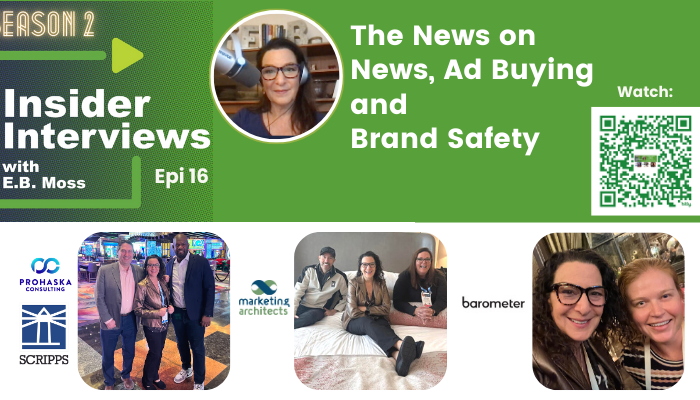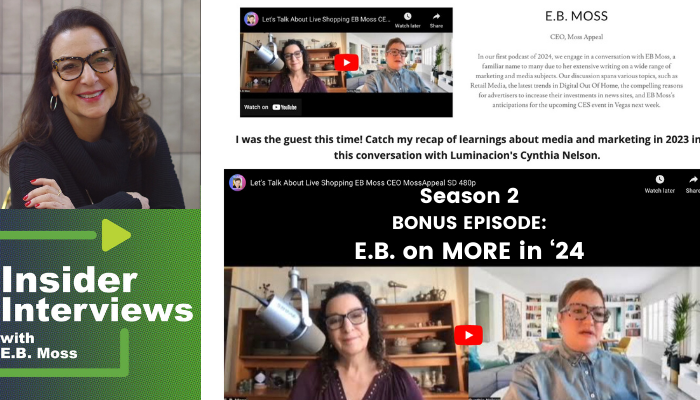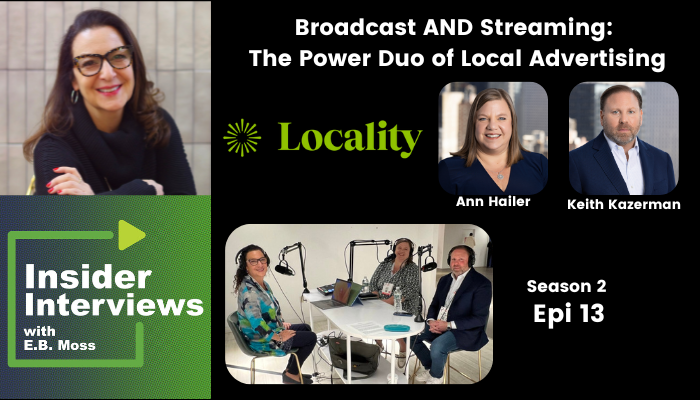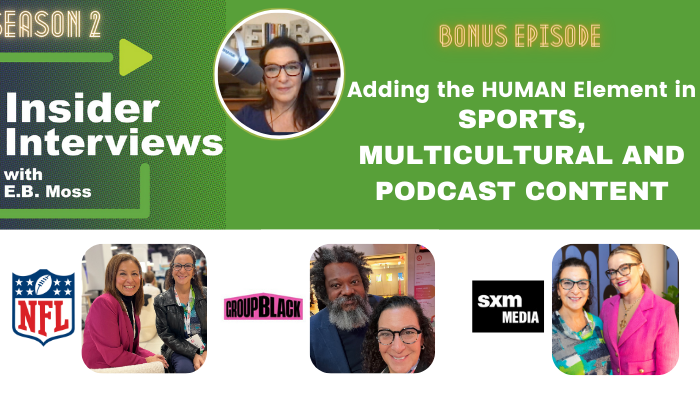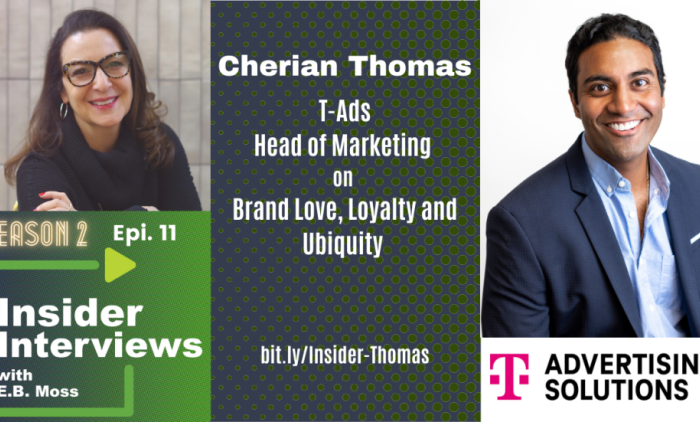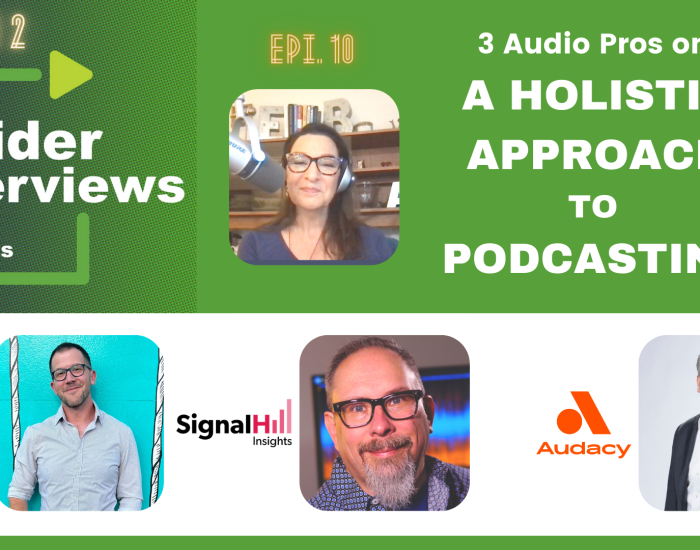The News on News, Brand Safety and Media Buying
Podcast: Play in new window | Download (Duration: 46:08 — 63.8MB) | Embed
Subscribe or Follow Spotify | Android | Pandora | iHeartRadio | TuneIn | Deezer | RSS | More
CES (now an acronym, but AKA the Consumer Electronics Show) has grown beyond just a cool tool and tech showcase to being a place ripe for conversations on cool marketing and ad tech. It was a watershed moment for the attendee count of my media industry cohort, with many remarking that it was like a […]

